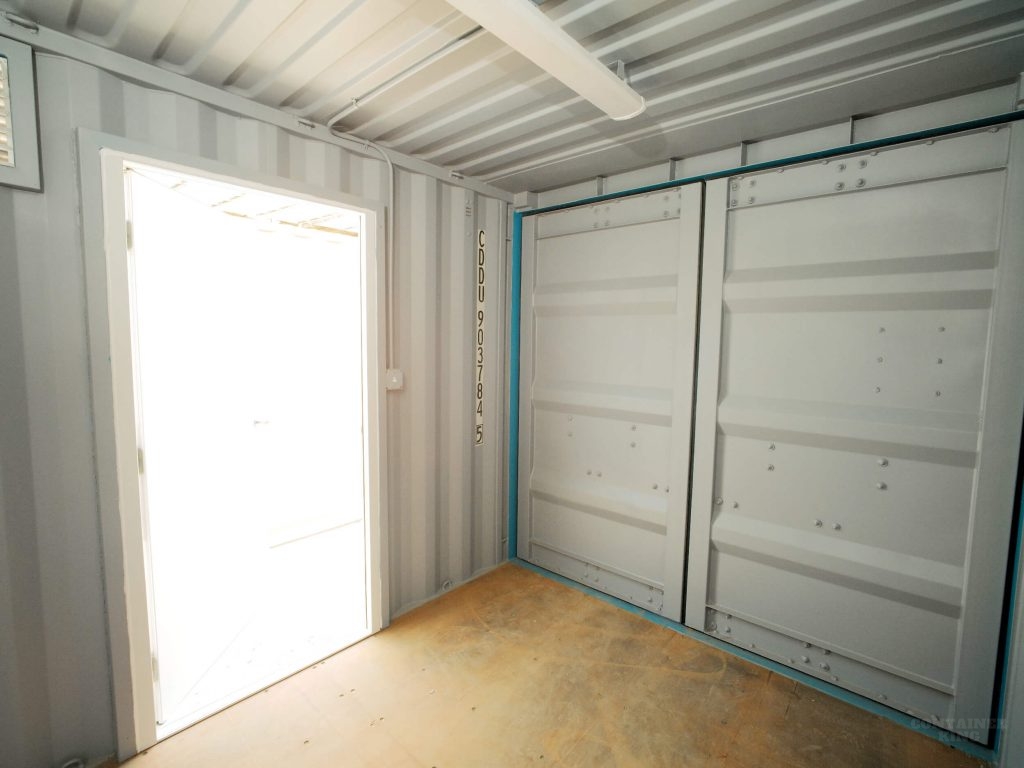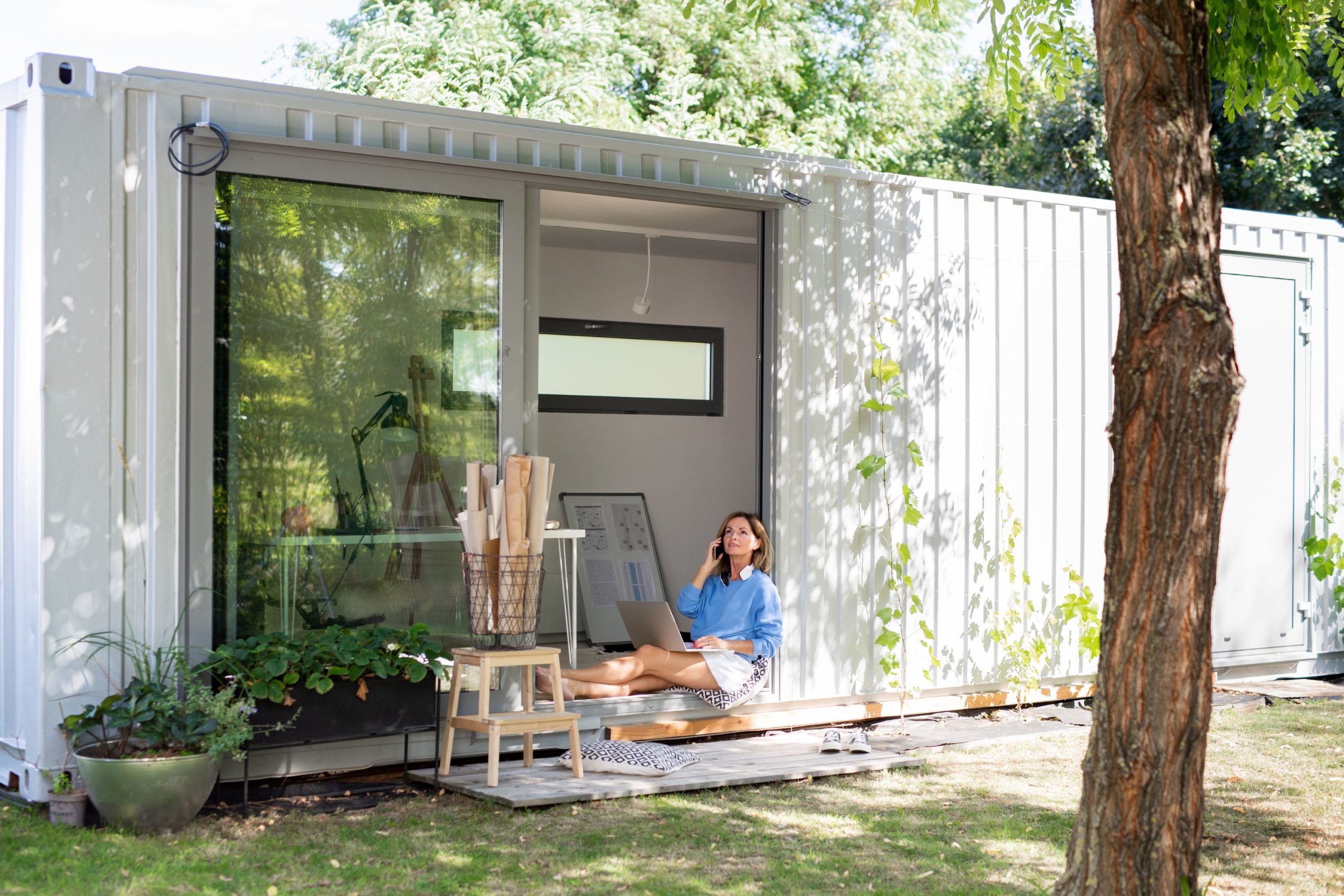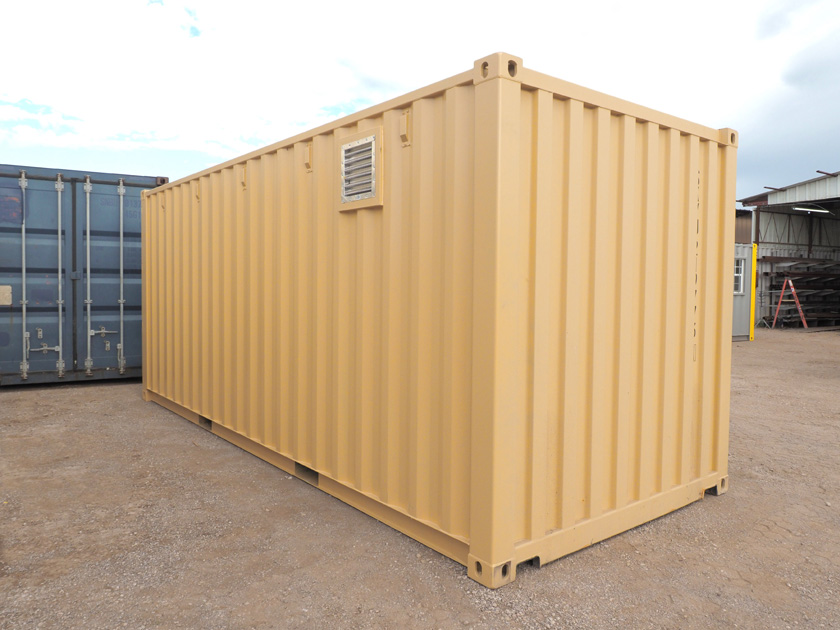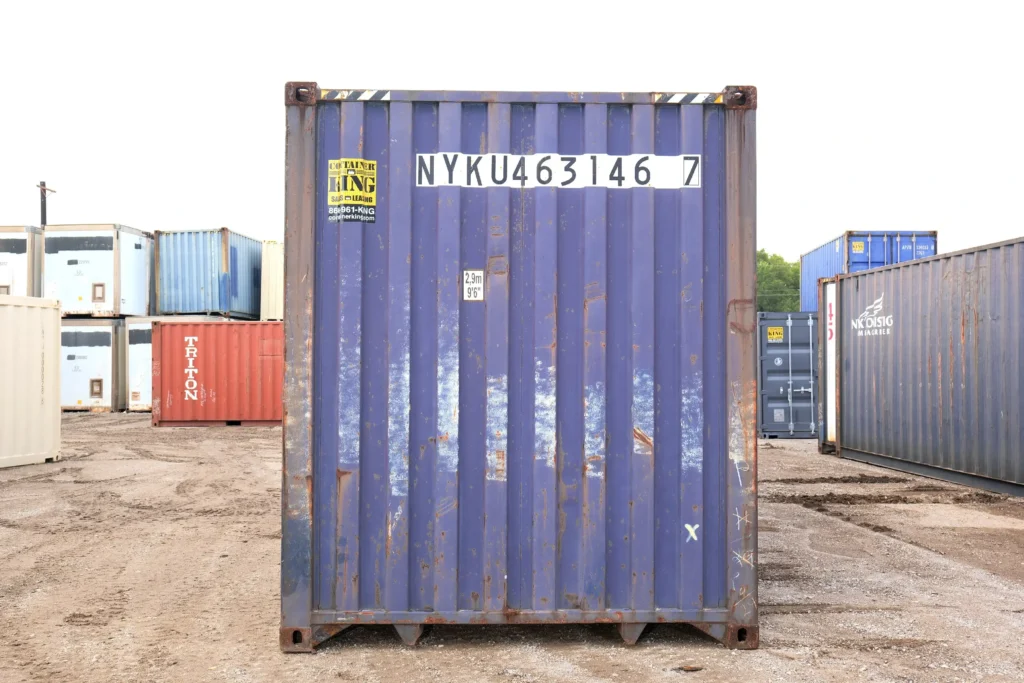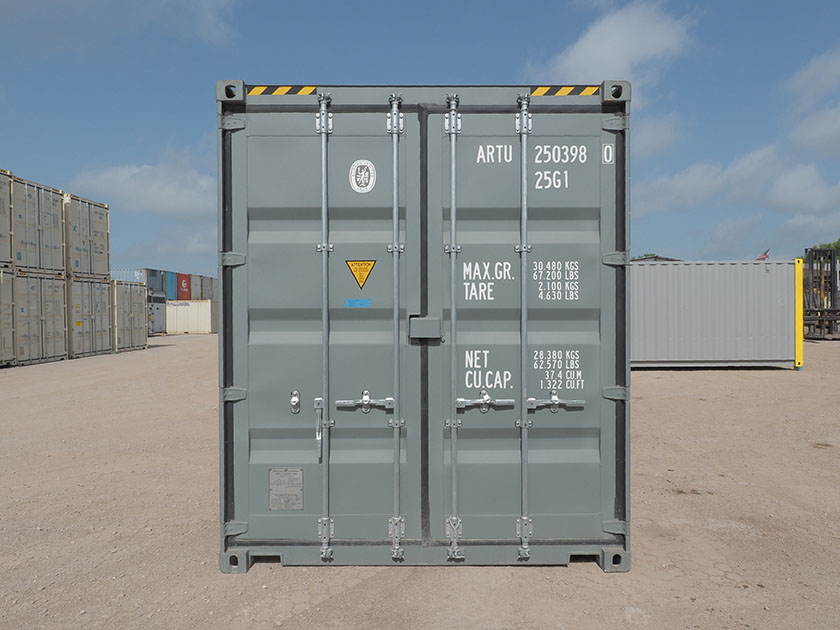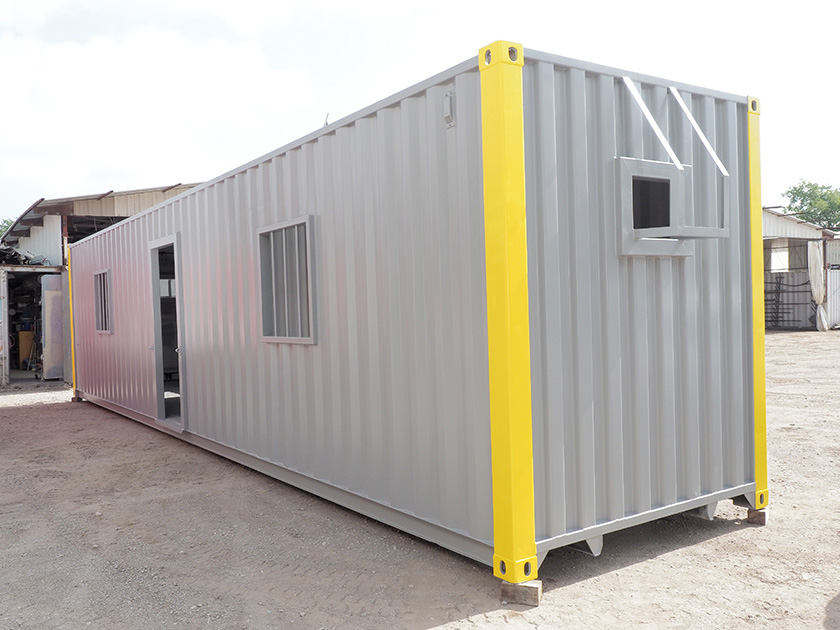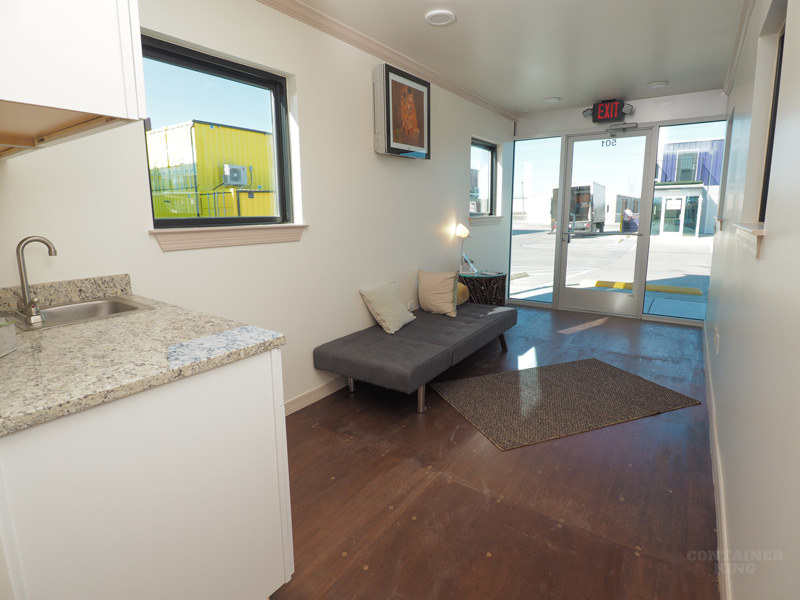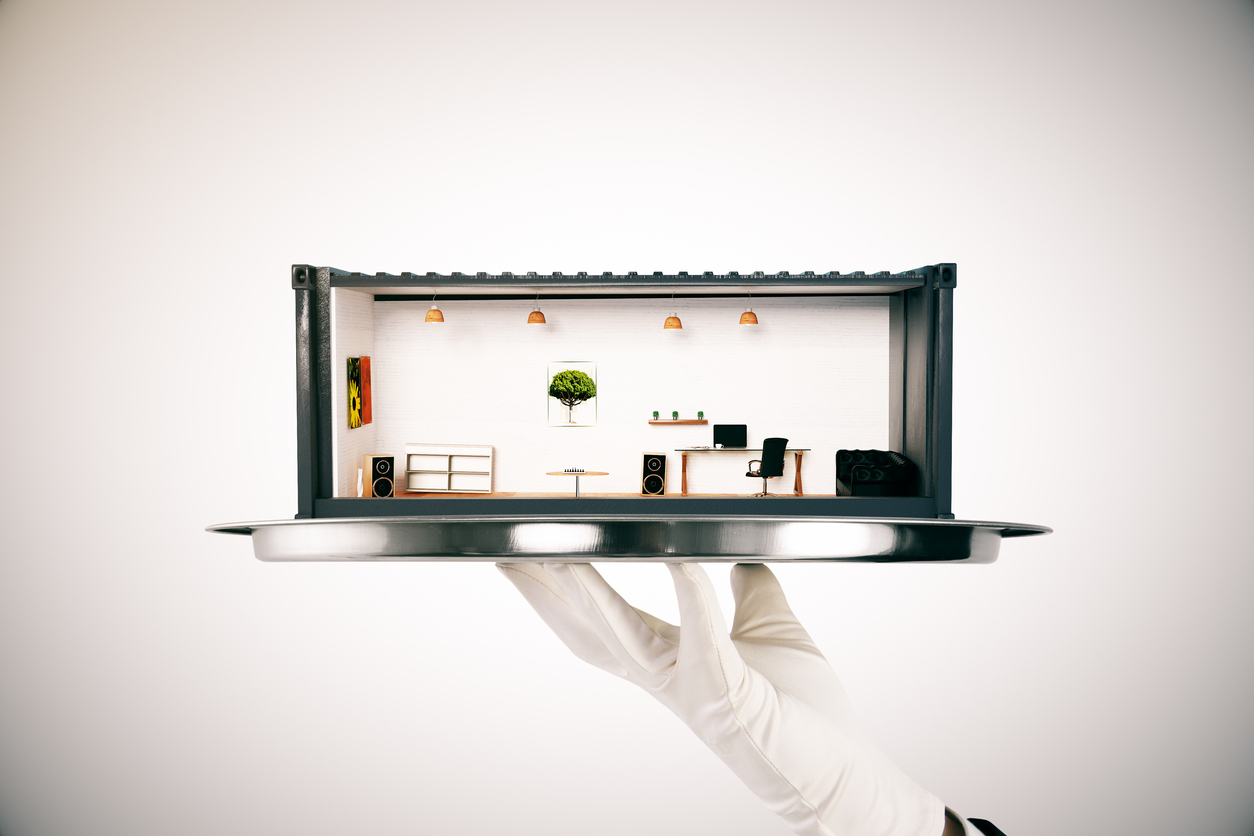What Is a Shipping Container Tiny Home? + 5 Advantages
If you’re fed up with steep rent, 30-year mortgages, or feeling tied to one place, you’re not alone. Maybe you’ve even daydreamed about hitting the road to visit friends or living life on your own terms.
That’s where shipping container tiny homes come in. These compact, affordable dwellings offer a way to save money and gain more freedom, all without sacrificing comfort.
What Is a Shipping Container Tiny Home?
A shipping container tiny home is a compact living space built using repurposed steel containers. These containers, once used for transporting goods across the world, are now being converted into modern, functional homes.
The conversion process includes cutting out windows and doors, insulating the walls, installing plumbing and electrical systems, and designing a livable interior. Once complete, the space includes everything you’d expect in a home: a bedroom, kitchen, bathroom, and living area.
Why Are Container Homes Gaining Popularity?
Interest in shipping container tiny homes has grown rapidly in recent years. People are looking for smarter, more affordable housing options. Container homes appeal to those who want to simplify their lives, reduce environmental impact, or avoid overwhelming mortgage debt.
These homes attract:
- Minimalists focused on decluttering their lives
- Sustainability-minded individuals
- Retirees and first-time homebuyers
- Remote workers and travel enthusiasts
Container homes meet the needs of people who value efficiency, cost savings, and mobility.
Design Possibilities
Design options for shipping container homes are surprisingly flexible. Some homeowners leave the steel exterior untouched for an edgy, industrial vibe, while others add siding or custom paint for a more traditional look.
Inside, popular layouts often include:
- Open-concept living spaces
- Loft-style sleeping areas
- Reclaimed wood and creative storage solutions
- Sliding doors and large windows for natural light
With smart planning, these compact spaces can feel open, cozy, and highly personalized.
What Do They Cost?
The price of a shipping container tiny home depends on the size of the container, the level of customization, and the materials used. However, they remain significantly more affordable than conventional homes.
Typical cost range: $10,000 to $50,000 – This price generally includes the container, structural modifications, labor, insulation, utilities, and interior finishes.
Compared to the six-figure price tag of many traditional homes, this is a practical choice for budget-conscious homeowners.
Other Expenses to Keep in Mind
Although the home itself may cost less, you’ll still need to consider:
- Buying or leasing land
- Hooking up utilities such as electricity and water
- Securing permits and passing inspections
Financing can also be a hurdle. Some lenders hesitate to approve mortgages for unconventional builds like container homes. If that’s the case, look into alternatives such as personal loans or companies that specialize in tiny home financing.
How They Compare to Traditional Homes
| Feature | Shipping Container Tiny Home | Traditional Home |
| Initial Cost | $10,000 to $50,000 | $200,000 and above |
| Build Time | As little as 30 to 60 days | Several months to over a year |
| Maintenance Needs | Minimal due to durable materials | Often high, depending on age |
| Environmental Impact | Low due to recycled materials | Generally higher |
| Mobility | Can be built on trailers for travel | Fixed in one location |
Top 5 Benefits of Shipping Container Tiny Homes
1. Strength and Durability
These homes are incredibly strong. Built to endure long-haul journeys and extreme weather, shipping containers provide a solid base for a long-lasting home. They resist wind, mold, pests, and even earthquakes, which means less maintenance and more peace of mind.
2. Environmentally Friendly
Repurposing shipping containers helps reduce waste and supports sustainable living. Rather than creating new building materials from scratch, you’re giving steel a second life. Energy-efficient upgrades like solar panels and insulation only improve the eco-factor.
3. Fully Customizable
One of the most appealing aspects of container homes is how easily they can be tailored to your style. Whether you’re drawn to minimalist functionality or luxury finishes, the options are wide open.
Companies like Container King offer homes in sizes ranging from 20 to 53 feet. You can also choose upgrades such as full bathrooms, septic systems, upgraded kitchens, or energy-efficient appliances.
4. Fast Construction Timeline
Because the structure is already built, construction moves quickly. Once your design is finalized, your tiny home could be ready in 30 to 60 days. That’s significantly faster than the time it takes to build a traditional house from the ground up.
5. Mobile Living Option
If you install your container home on a trailer base, you gain the freedom to move without giving up your home. Whether you’re relocating for work or simply want to explore a new place, portability offers a major lifestyle advantage.
Your Tiny Home Adventure Starts Here
A shipping container tiny home offers an affordable, sustainable, and customizable way to live. Whether you’re downsizing, investing in a mobile lifestyle, or simply looking for a home that fits your budget and values, container homes offer real benefits without unnecessary costs or limitations.
Looking to take the next step? Container King specializes in flexible, customizable tiny home designs that can be tailored to your needs. Request a quote today and start planning your dream space.


